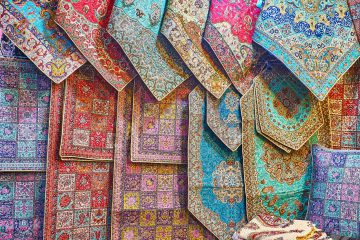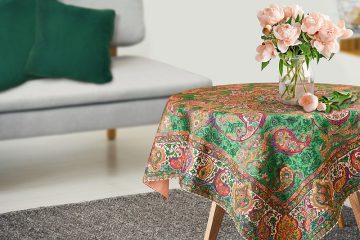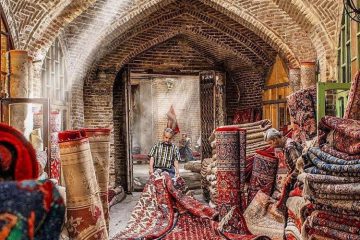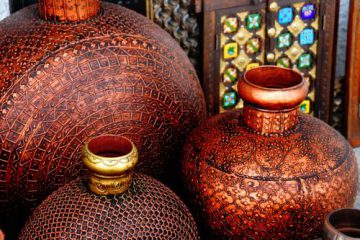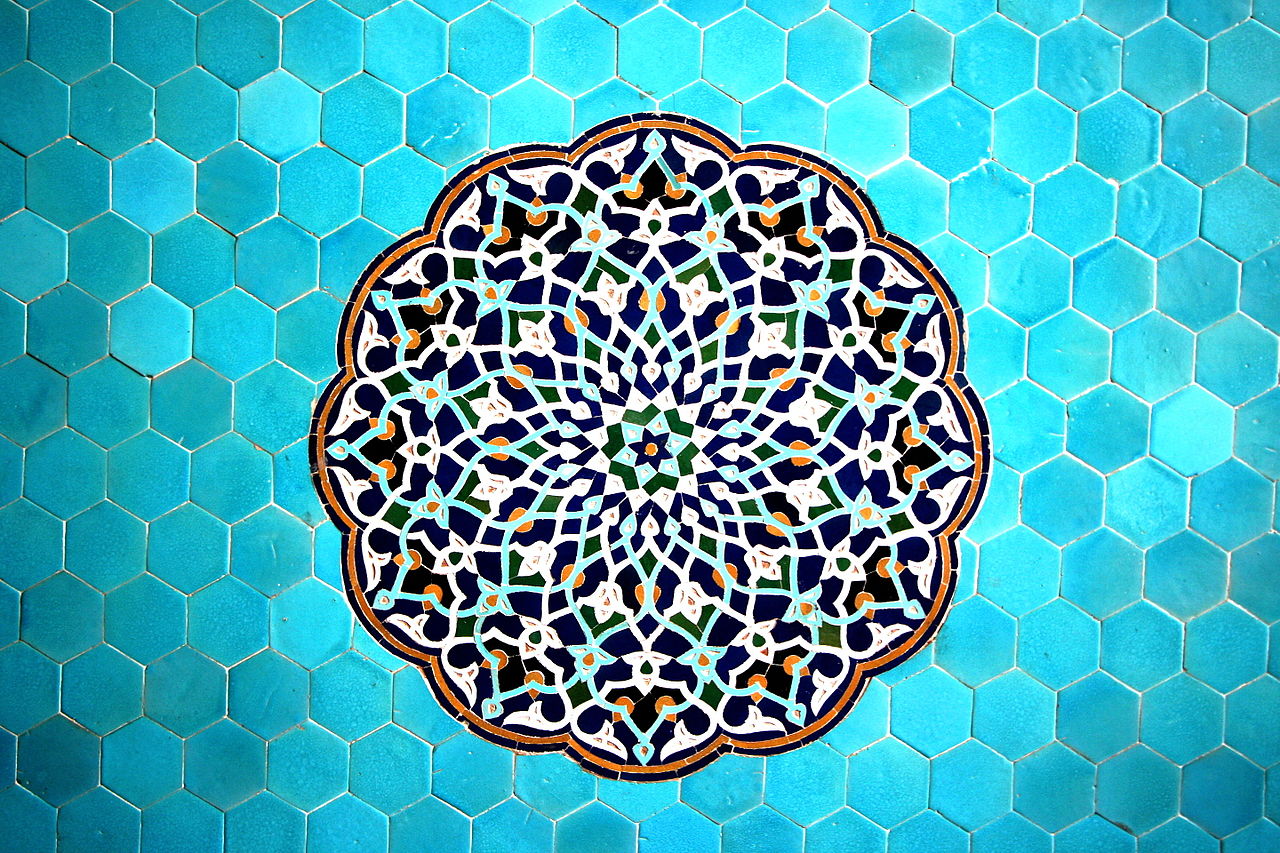
The art of clay and Kiln
Exploring the History of Mosaic Tile Work in Iran
Introduction
Iran, a land steeped in beauty and rich artistic heritage, showcases its profound philosophy and religious beliefs through its public and private spaces. In this article, we will delve into the captivating history of mosaic tile work, a significant aspect of Iranian pottery.
The Origin of Iranian Pottery and Tile Work
The roots of Iranian pottery and tile work can be traced back to Kashan, where this exquisite craft first emerged. The earliest evidence of tile work can be found in the form of glazed bricks discovered in the Chogha Zanbil temple, nestled in the ancient Susa Plain, present-day Khuzestan. These bricks date back to the mid-Elamite era, around 1250 BCE. Notably, the exquisite glazed bricks adorning Darius’s Apadana Palace in Susa, dating back to the 6th century BCE, depict everlasting guards and Achaemenid motifs with unparalleled delicacy and beauty.
However, this artistic tradition faced a decline during the Arsacids era when glazed bricks were employed to cover coffins. The Sassanids, on the other hand, revived the use of inlaid tiles, prominently featuring them in their architectural marvels such as the Bishapur Palace and the Ctesiphon Palace. These tiles were adorned with depictions of women playing the harp, weaving, or carrying flowers, highlighting the intricacy of the craftsmanship and the vibrant palette of colors that characterized the Sassanid era.
Revival and Evolution
Following the advent of Islam, Iranian pottery and tile work saw a shift towards stuccowork, temporarily sidelining tile work. However, the Seljuk period heralded a revival of this art form, particularly in the use of turquoise tiles. Initially, tiles were employed to decorate the summits of minarets, and religious scripts were embossed onto them to enhance legibility. Prime examples from this era include the minarets of Sareban, Sin, and Ali mosques, showcasing the artistry of the Seljuk period.
Creating entire buildings adorned with tile work was no swift endeavor; it took approximately two centuries to master this art. The pinnacle of this craft was reached in the 13th century, exemplified by architectural wonders like the Oljaitu tomb (Sultanieh Dome), entirely adorned with tiles both inside and outside, and the portal of Sheikh Abdul Samad Khaniqah in Natanz.
As time progressed, Iranian pottery, particularly tile work, witnessed technological advancements. Geometric patterns began to intertwine with floral arrangements, and transparent colors were introduced. Esfahan, Kashan, Yazd, and Kerman emerged as the epicenters of tile-making and craftsmanship. In addition to the original four colors used in the Sultaniyeh Dome, the 13th century saw the addition of green and brown in Esfahan and golden yellow in Kerman. Some of the finest examples of tile work from this era include the Haftshuyeh mosque, Emamzadeh Jafar, Baba Ghasem tomb and Madreseh, Madreseh Mozaffarieh in Esfahan, and both the Masjed Jame and Sheikh Abd os-Samad tomb in Natanz.
Travel to Iran in December!
A Colorful Evolution
The 13th century marked a significant shift in the color palette of Iranian pottery. During the Timurids era, light and dark blue gained prominence and remained in vogue through the early Safavid period. Noteworthy are the cross and star-shaped tiles, a prevalent feature in Kashan, where these tiles were artfully arranged to create intricate designs such as flowers, arabesque patterns in mosques and tombs, as well as depictions of birds and animals.
The Safavid era ushered in a new era of tile work, where it became the primary form of architectural embellishment. Buildings, both interior and exterior, including domes, iwans, prayer halls, and mihrabs, were adorned with tile work. In addition to the existing color palette, brown and yellow were incorporated during this period. The tile work of the Safavid era was characterized by the faience mosaic style and remained prominent until the time of Shah Abbas the Great.
The Art of Mosaic Tile Making
The methodology employed in creating mosaic tiles in Iranian pottery was intricate and precise. Initially, a design was meticulously drawn on paper, which was then affixed to the glazed surface of the tile. The tile was cut according to the design, and the cut pieces were meticulously pieced together on a pre-made mold. Subsequently, plaster was applied to the backside of the assembly, resulting in the creation of the ultimate pattern. This time-honored technique continues to be employed today, preserving the authenticity of Iranian pottery.
Shah Abbas the Great and the Haft-Rang Tile
During the reign of Shah Abbas the Great, the desire to construct the grandest mosque of the Safavid era, the Masjed Jame Abbasi, led to a remarkable innovation in Iranian pottery. Artists introduced a unique tile known as the haft-rang tile, featuring all tile colors simultaneously on a square tile measuring 22 by 22 cm. These tiles found their place on flat surfaces, while the faience mosaic continued to grace curved surfaces.
During the Qajarid period, additional colors like red, pink, and dark yellow were introduced, but the art saw a decline, leading to simpler geometric patterns and more basic decorations.
Overall, Iranian pottery and tile work represent a captivating journey through history, showcasing the country’s artistic prowess and the evolution of its techniques and styles over the centuries.
Do you have any questions about Iranian Pottery? let us know in the comments..

